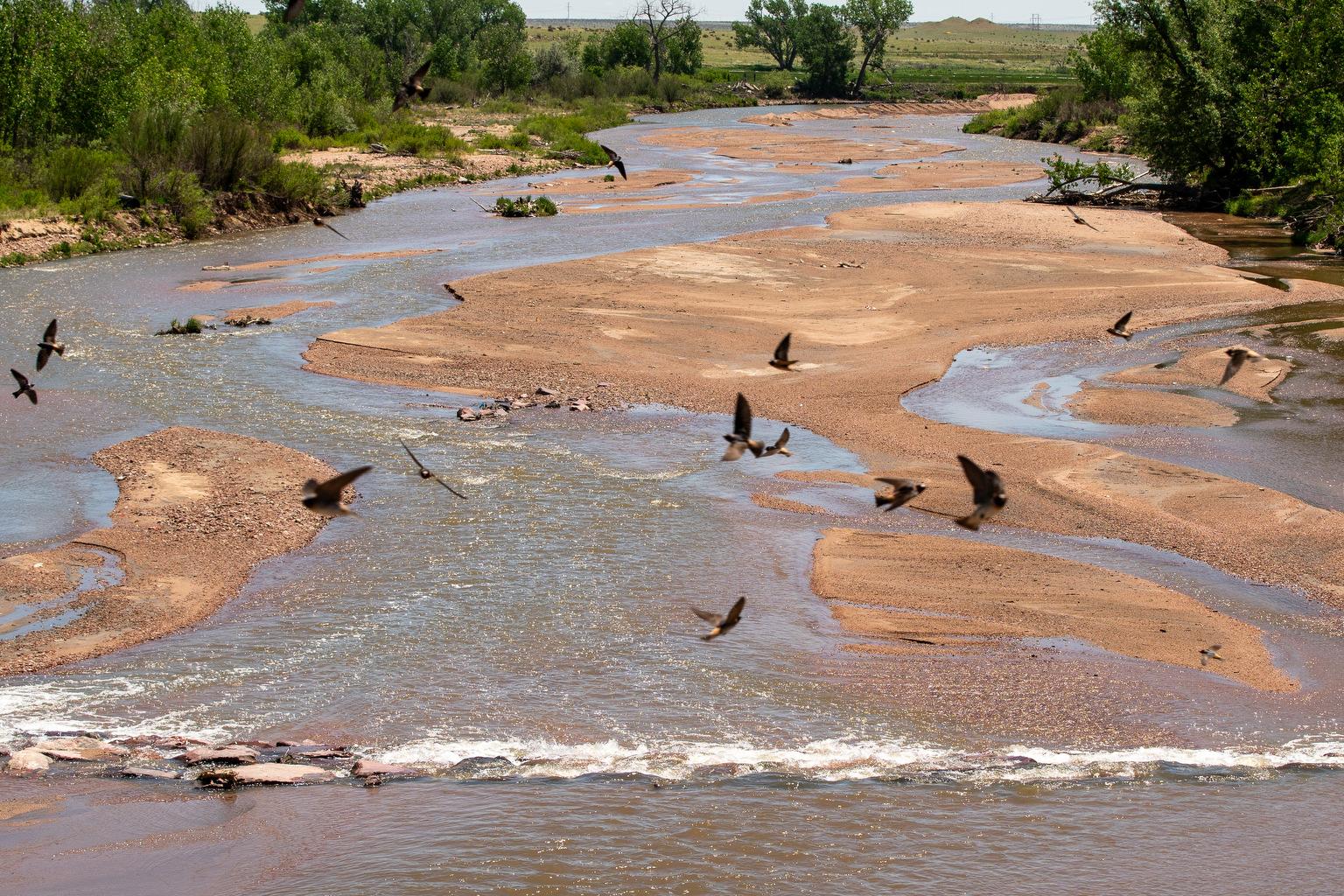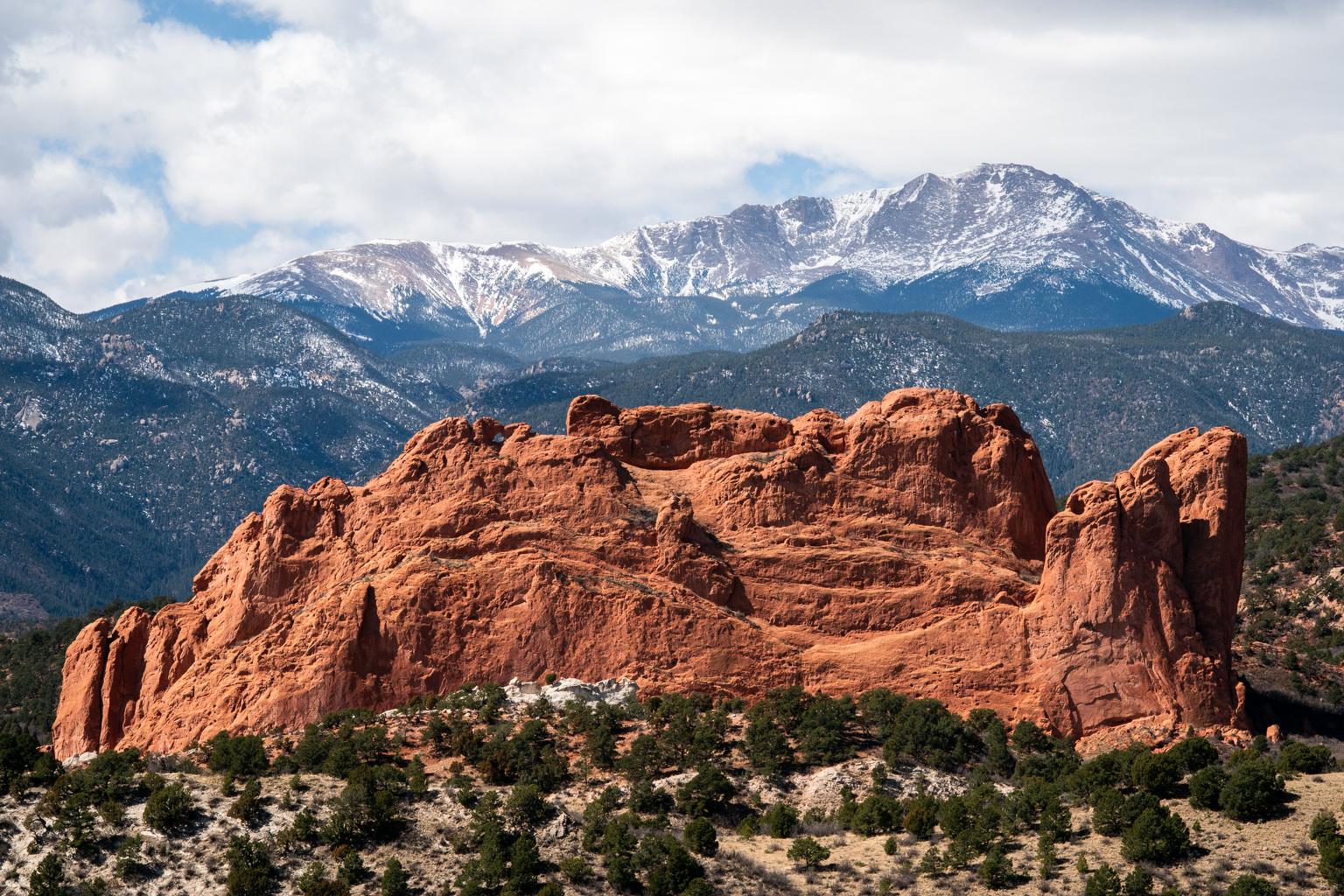
No one knows how many thousands of miles of abandoned oil and gas pipelines are buried in Colorado — or where they are. The system is described as a “spaghetti bowl” of underground twisting and turning lines, with some active and many others inactive or abandoned.
Colorado has always let drillers leave pipes in the ground when they’re done with them.
When Lance Astrella heard that a flowline from an old gas well was implicated in a deadly explosion in Firestone in April, he wasn’t particularly surprised.
“It’s extremely unfortunate that you have to have a tragedy before people focus on things,” says Astrella, an attorney who used to represent oil and gas companies. “But to me, the flowlines have been a problem, particularly in Colorado, but perhaps in other states as well, for quite a period of time.”
In Firestone, the flowline found less than 200 feet from the home that exploded was supposed to have been abandoned in place and capped. But it was still connected to the well.
Fire investigators say when Anadarko Petroleum turned the well back on, gas flowed through it into the soil and into the nearby basement. The gas ignited and destroyed the home and killed two men inside.
Astrella now represents landowners in Colorado and says this underground maze of abandoned pipes is more than a safety concern, “it basically provides the opportunity to hide pollution.” He says if drillers were required to dig up old pipes, they could find leaks undetected for years.
“There are a lot of leaks in pipelines and old tanks and so forth. That is not unusual at all. So it’s not a theoretical problem, it’s a real problem.”
It’s unknown how big of a problem it is. CPR News requested an interview with the Colorado Oil and Gas Association, the trade group for the drilling industry. They referred us instead to the state.
Matt Lepore, director of the Colorado Oil and Gas Conservation Commission, says as long as operators follow the state’s rules, “there’s very little risk, very little potential harm of having empty, abandoned, plugged, capped lines in the subsurface.”
Responding to Astrella’s point on pollution, if abandoned pipelines are leading to pollution, the state could toughen its rules, he says, but they’d need to study that first.
“That kind of analysis would really need to be done before there was some kind of sweeping new rule or statute.”
Lepore says regulators are having discussions to develop new rules following the Firestone explosion; in particular, requirements to at least map flowlines. But even if drillers share complete flowline maps with the state, a question remains. Should they still be allowed to leave pipes in the ground when they’re done with them?
Josh Joswick, a former La Plata County Commissioner who’s now with the environmental group Earthworks says “in a word, no. It’s not a good policy idea.”
Decades ago, it was easier to leave flowlines in the ground, Joswick says. But that was back “when you were just going through beet fields and hay fields or corn fields or whatever a farmer might be growing up there.”
Now, Joswick points out that home developers are digging basements in that crop land. Weld County has added nearly 40,000, mostly single family housing units since 2000, according to Census data.
Keeping track of the pipelines underground in Colorado comes with another complicating factor. Drilling companies frequently buy and sell wells and pipelines so that can make their ownership confusing, especially for homebuilders.
Gregory Miedema of the the Home Builders Association of Northern Colorado says they rely on “locator services and whatever record we can find.”
For him, it’s easy to imagine that someone on a four-ton excavator digging a basement foundation could hit a small 1-inch flowline and never notice it. But in the case of Firestone, authorities say the home developers appear to have been aware of the pipeline and believed it was abandoned and capped properly.
That confusion probably wouldn’t have happened in Broomfield. For 15 years, the city has required removal of flowlines when they’re no longer in use. Broomfield is the only place in Colorado we could find with that requirement.
A former oil and gas industry employee himself, current Broomfield Mayor Randy Ahrens says it’s a regulation that should spread.
“I certainly think that could be mandated by the state pretty easy,” he says.
One interesting wrinkle is that Broomfield puts the onus for pipeline removal on the housing developers. When they build a house, they have to take out the lines. Ahrens explains that’s because when the city created the policy, some of the oil and gas operators that had owned underground lines, were no longer in business.
The question of ownership may be a challenge going forward. There’s been drilling development on the Front Range for more than a century but by the time there are problems with abandoned wells and flowlines, many of the operators are long gone.
What Are Your Questions?
Are there other questions you have about flowlines and oil and gas development in Colorado? Email us at [email protected], leave your questions in the comments, or tweet us @gracehood, @CPRMarkus or @newscpr.








